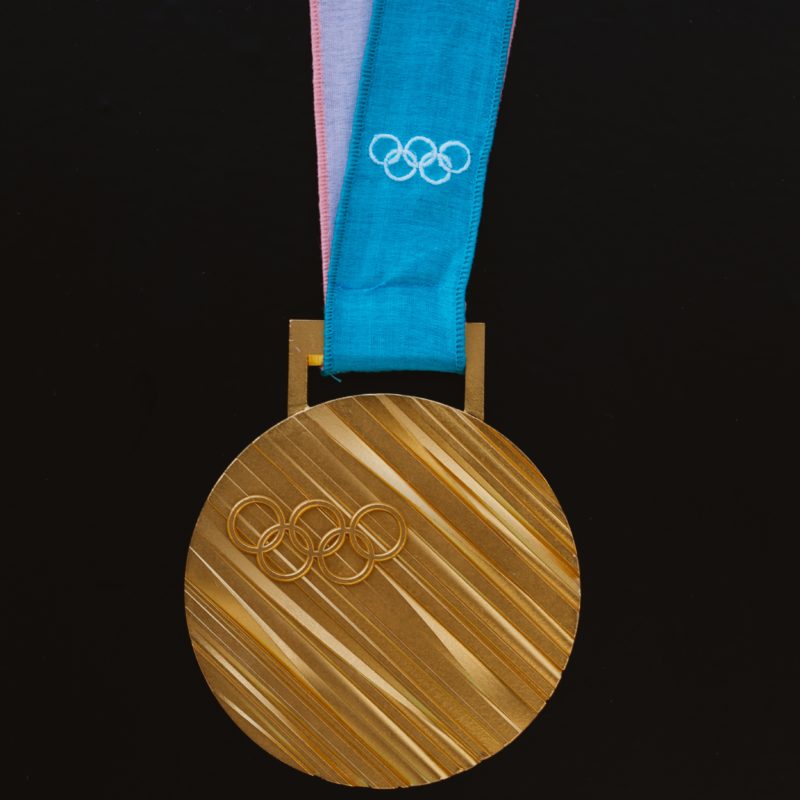Setting goals to maximise team potential

We’ve been very privileged to work with some really successful teams in sport. We’ve worked with them in the most pressurised of sporting environments at world championships and Olympic Games. More importantly, we’ve seen them hold their nerve and deliver world-beating performances at these critical occasions.
The lessons we’ve learned from these teams have some useful take away messages that apply in any high performing context, so we thought we’d share them with you to provide some food for thought to see how some of the simple ideas can apply to your teams with a view to helping improve performance.
Lesson 1- Effective goal setting – it’s not all about the result
The world of sport is defined by winning and losing. It’s a harsh environment in that way, but probably not as harsh as the world of business when you compare frequency and intensity of the winning and losing opportunities.
From a psychological perspective simply having a win/loss mentality can be very limiting. The great sports teams that we’ve worked with have taken the time to take control of their goals in order to make sure minds and bodies have the best chance of being prepared to deliver the best possible performances, that in turn will provide the best chance of getting the desired result.
Without effective goal setting the team would end up focusing on the wrong thing at the wrong time, thus jeopardising performance and also minimising the chance of building long term confidence.
So, what type of goals do they set and how do these help?
The first set of goals that the teams set focus on breaking the end result down into manageable actions. Instead of simply having OUTCOME goals (their KPI’s), the teams make a great effort to set PROCESS goals. These process goals identify the specific behavioural, attitudinal and tactical goals that the team need to focus on day by day. The process goals are the ingredients and recipe that the team believe provide the best chance of success. They know that if they focus day by day on getting the right ingredients in place and using the right recipe, then they’re maximising the chances of getting a successful result produced. This allows the team to really focus on things that they’re really in 100% control of, day by day, which builds the confidence of the team to act with conviction and also makes sure everyone understands the required approach and is “on the same page” mentally.
Too often we see these levels of goals missing in organisations. There are wild assumptions that because everyone knows the critical KPI’s and delivery dates, everyone will be working effectively together to deliver the right process.
However, as always, assumptions are dangerous and in reality, left to their own devices most teams will not deliver a united approach in terms of ingredients and recipe, so the time needs to be taken to set the expectations out very clearly.
So, if we went round every member of your team and asked them to outline KPI’s and agreed team process goals for delivering the best chance of success, would we get one set of answers or a variety of disconnected best guesses?
The other set of goals that the elite sports team have set ensure that the team recognises that although it’s all about winning and losing, there are different degrees of success within the overall challenge. Using the typical podium medals of gold, silver and bronze, you can ensure that your team has a range of targets to aim for.
The different types of goals
Gold Goal – This is the dream result. The absolute peak performance that could be achieved if everyone delivers 100% performance and the ultimate performance is delivered. This is very much an aspirational goal and is driven by the question, “if we all work together as effectively as possible, what would the result be – no preconceptions, what would we be capable of delivering?”
Silver Goal – This goal is focused on establishing a challenging result, that everyone will take great pride in achieving. Silver represents an excellent performance and reflects that the team have worked really effectively together. The question that drives the answer to this goal is “what level of success will give us a great deal of satisfaction and know that we’ve delivered an excellent team performance?”
Bronze Goal – This final goal is one for those who enjoy some negative motivation! The bronze goal is all about identifying the minimum standard of delivery that we’ll accept from the team. If we fall below this level, the entire team knows it has been an unacceptable performance. Identifying the minimum achievement level to be tolerated ensures that everyone on the team has a clear picture of where attention needs to be focused in case the landscape becomes really challenging and the focus has to change to simply ensuring a worst case scenario does not transpire. The question that drives the identification of this goal is “in order to walk away from this challenge knowing we’ve delivered the minimum, what does the result need to look like?”
The combination of goals from Gold through to Bronze ensures that different types of motivation are catered for and also that something that could be perceived as a black and white KPI is broken down into shades of grey that provide a much greater sense of control over the whole performance of the team. There’s always something to strive for and when this framework is put in place really effectively it is possible to keep the process dynamic by being able to regularly review how accurate the goals are given progress made to date.
So, how effectively are you breaking goals down to provide the team with a range of goals to provide control over your targets?
